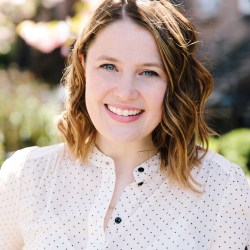Ever since I became pregnant with my second child—a boy!—there’s been one single detail I’ve been stuck on: The age gap. My first-born will be six years older than my newborn, something that feels lightyears ahead in terms of development. Will they still squabble over toys? Fight for their parents attention? Enjoy a rich bond? These are just a few of the worries questions bouncing around my head.
That’s when I came across some recent and surprising research: Broader age spacing between siblings is becoming more common, according to a 2020 study that analyzed modern day fertility. This, in turn, may be altering family (and birth order) dynamics—and not in a bad way.
First, a quick look at the data: Between 1967 and 2017, the spacing between sibling births only increased by a minuscule amount—about three quarters of a year. Compare that to now when 22 percent of moms space their kids out by six or more years, per the study. Research shows that siblings are still—on average—about four years apart, but present-day fertility resources (not to mention an evolving definition of the American family since the 1960s) is leading to a more rapid expansion of that gap.
For example, couples who want to have kids now have access to contraception (meaning they have more control when it comes to planning their pregnancies); there’s also services like IVF, which can help extend the childbearing window in addition to augmenting a difficult fertility journey. Add to that changing family dynamics. Life experiences like divorce and remarriage (also known as multi-partner fertility) are other factors that can also cause a wider sibling age gap.
On top of all this, the modern fertility rate is dropping and for a variety of reasons—women are waiting until later to have kids and electing to have fewer of them, too. (Insert tangent here about the lack of support for working parents.) Regardless of the reason, if you’re not planning to pump out five babies, that’s another factor that lessens the rush to have them one after the other.
But now the bigger question, which goes back to my original concern: If age gaps are widening, how will that impact sibling relationships and kid’s personalities in the future?
To find out, I consulted Dr. Laurie Kramer, a licensed clinical psychologist and professor of applied psychology at Northeastern University, where she leads the Siblings Research Group. (She’s also the founding director of the Family Resiliency Center at the University of Illinois.)




